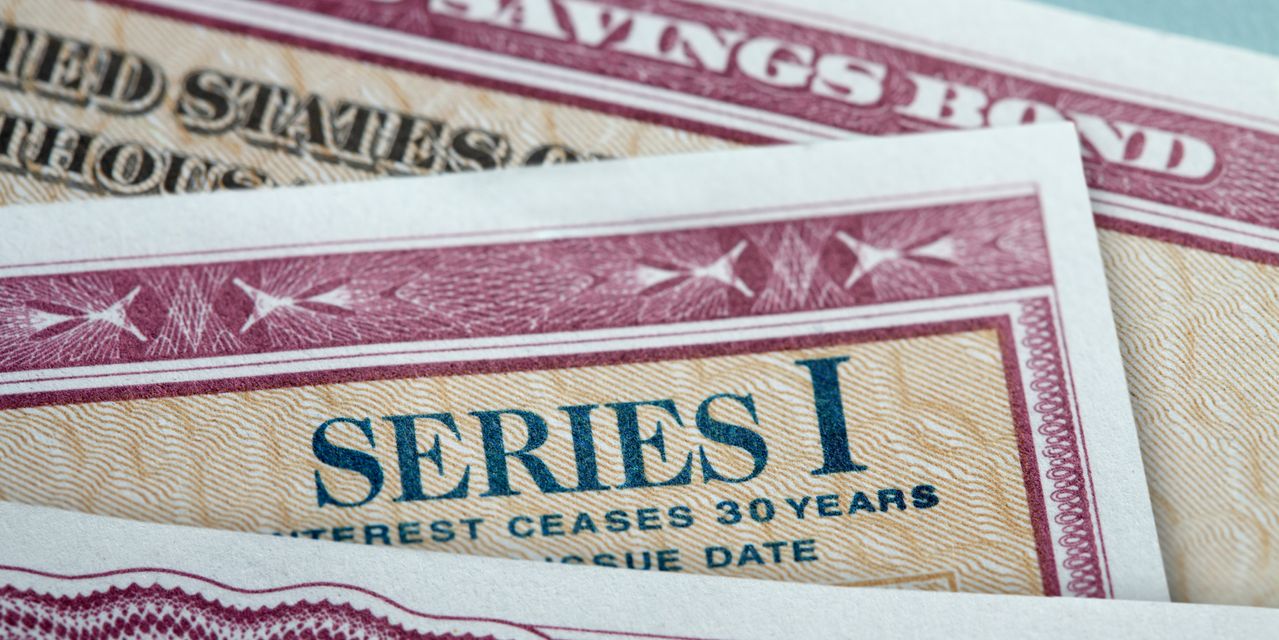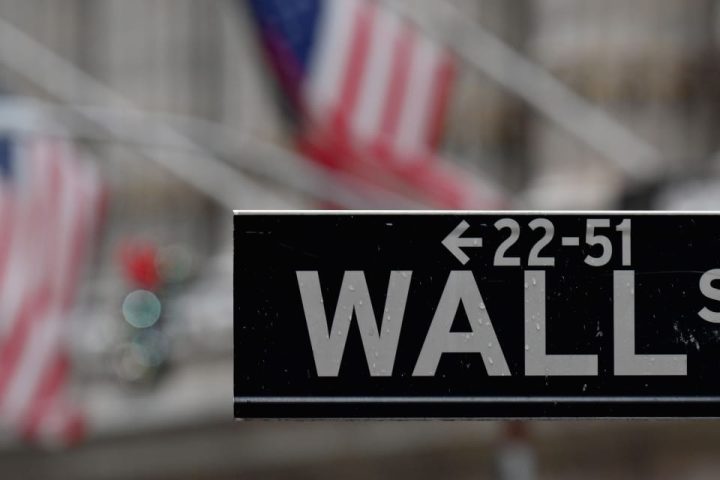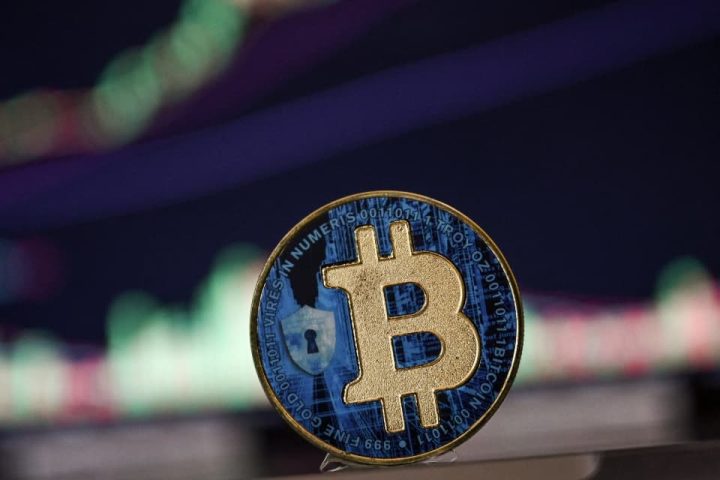The new rate for Series I Bonds starting on Nov. 1 will be 5.27% – a combination of a 1.3% fixed rate and a 3.94% inflation rate, according to the TreasuryDirect.gov website. That’s the highest fixed rate since 2007, notes Ken Tumin, editor of DepositAccounts.com.
Investors who flocked to Series I bonds when inflation was at its peak did so for the high rate of return that peaked at a 9.62% annualized rate, which handily beat anything else on the market at the time. But they aren’t making those rates now. The rate you’d get with a 0% fixed rate is just 3.94%, says David Enna, editor of Tipwatch.com. I-bond rates are actually a composite — an inflation-adjusted rate that changes every six months based on CPI data, and a fixed rate that stays with the bond for as long as you hold it. Those who bought at the super-high inflation protection got a 0% fixed rate.
Those who buy today would get that 1.3% fixed rate for as long as they stay invested, so if interest rates and inflation bottom out again, they’ll still get at least 1.3% on their investment. If you think back to the days when most cash was earning less than 1% interest in savings, CDs or Treasury bills, then that would be a good deal. If inflation rises again, you’d get the inflation rate plus that 1.3%. So, presumably, if we ever return to a 9.62% rate again, you’d actually be earning 10.92% on your cash.
I bonds have even more rules than that to digest. An individual is limited to a $10,000 purchase per calendar year. But that means you could purchase up to that amount in 2023 and again in 2024, because this rate is good until next May. There are other ways to increase your purchase amount, such as buying gifts for others that can be redeemed when the recipient has not used up their individual purchase limit. You can also purchase through business entities and trusts, plus you can purchase up to $5,000 in paper I bonds using your tax refund — something to consider as we close out the tax year.
There are also cash-out restrictions on I-bonds that make it advantageous to develop an exit strategy, even if you are planning to be a long-term holder. One key rule: You have to hold I-bonds for one year before you can cash them out. Also, if you cash out before five years, you lose the last three months of interest. Another rule to note: Interest on I-bonds is taxable on the federal level, but not state or local, unless you use the funds for certain qualified expenses, like educational payment.
One strategy developed by I-bond experts like Enna is to sell out the I-bonds you bought at zero percent and re-buy I-bonds now. If you bought in 2021 or early 2022, when they were at their highest rates, you’d be past the 1-year mark.
If you look at a site like eyebonds.info or your own account at TreasuryDirect.gov, you can see exactly what your interest schedule is based on when you bought. Your rate will change every six months from the time of your own purchase, not based on the November-May official announcement of the new rate. You can then time your sale and purchase so that you lose the least amount of interest. The current I-bond rate on sale starting Nov. 1 will be available until the end of April, so you have time to figure out your plan.
More on Series I Bonds
Read the full article here







